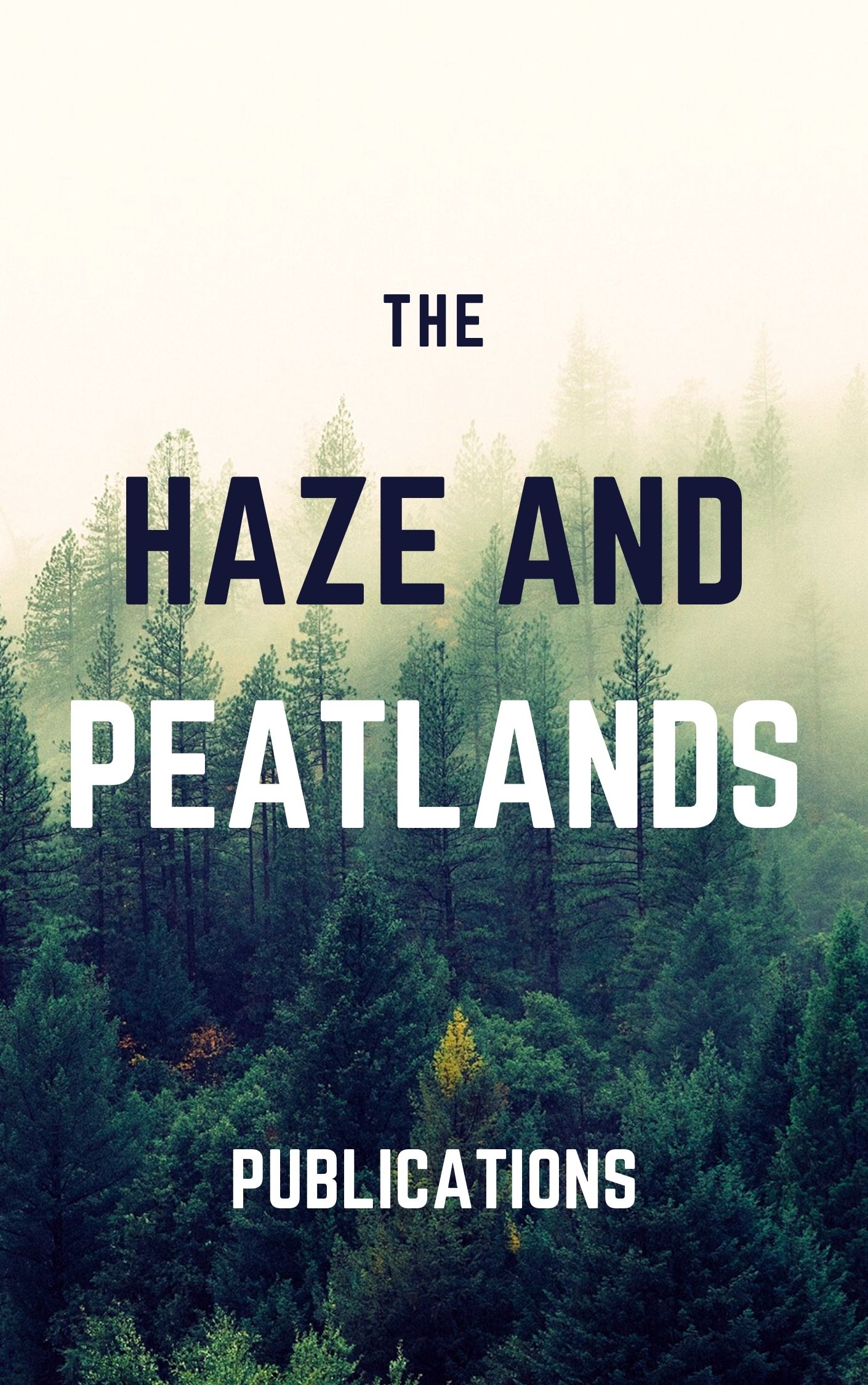About half of the world's tropical peatlands occur in Southeast (SE) Asia, where they serve as a major carbon (C) sink. Nearly 80% of natural peatlands in this region have been deforested and drained, with the majority under plantations and agriculture. This conversion increases peat oxidation which contributes to rapid C loss to the atmosphere as greenhouse gas emissions and increases their vulnerability to fires which generate regional smoke haze that has severe impacts on human health. Attempts at restoring these systems to mitigate environmental problems have had limited success. We review the current understanding of intact and degraded peatlands in SE Asia to help develop a way forward in restoring these ecosystems. As such, we critically examine them in terms of their biodiversity, C storage, hydrology and nutrients, paying attention to both above-ground and below-ground subsystems. We then propose an approach for better management and restoration of degraded peatlands that involves explicit consideration of multiple interacting ecological factors and the involvement of local communities who rely on converted peatlands for their livelihood. We make the case that as processes leading to peatland development involve modification of both above-ground and below-ground subsystems, an integrated approach that explicitly recognizes both subsystems and their interactions is key to successful tropical peatland management and restoration. Synthesis and applications. Gaining a better understanding of not just carbon stores and their changes during peat degradation, but also an in-depth understanding of the biota, nutrient dynamics, hydrology and biotic and abiotic feedbacks, is key to developing better solutions for the management and restoration of peatlands in Southeast Asia. Through the application of science- and nature-based solutions that recognize the interactions among the above-ground and below-ground subsystems, and taking into account the livelihood needs of local people, we propose a way to mitigate the ongoing environmental damage that is occurring in these iconic and unique ecosystems.
View source

